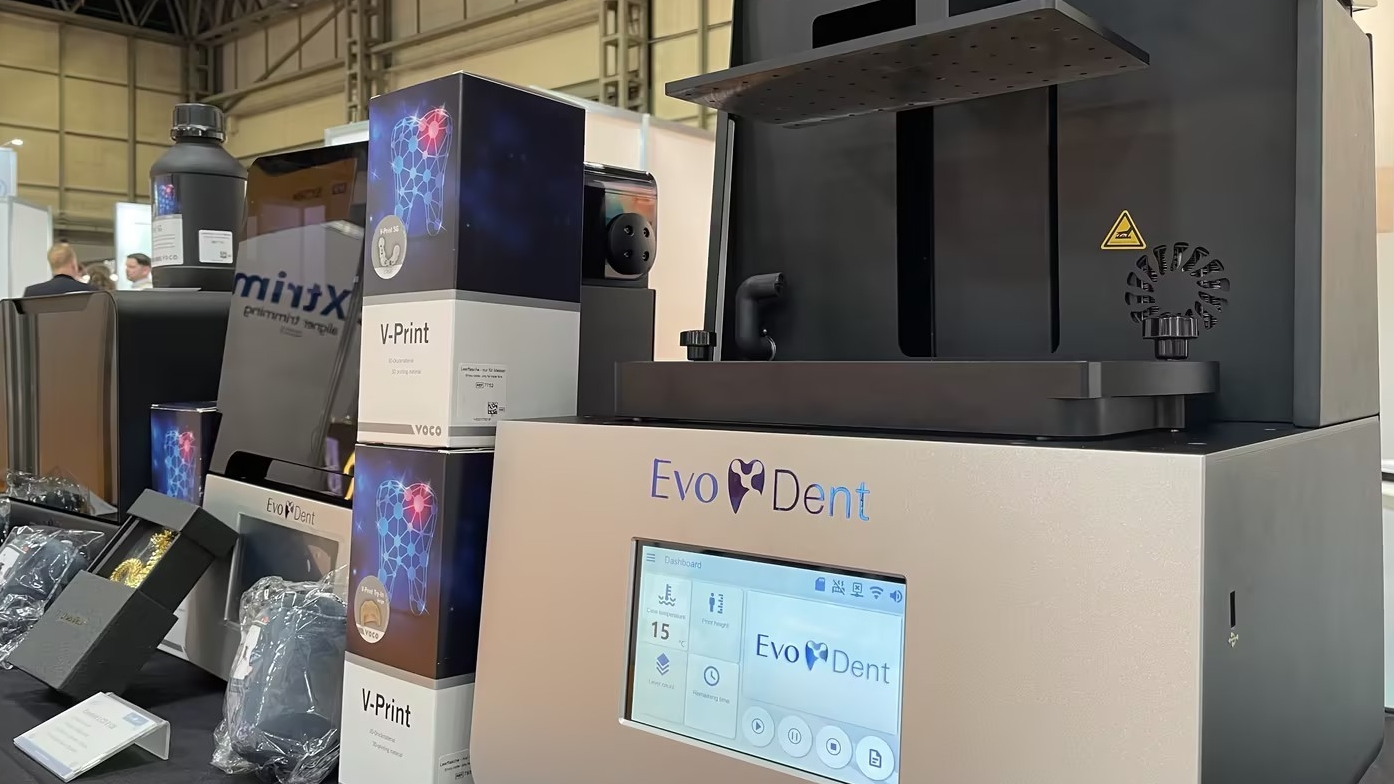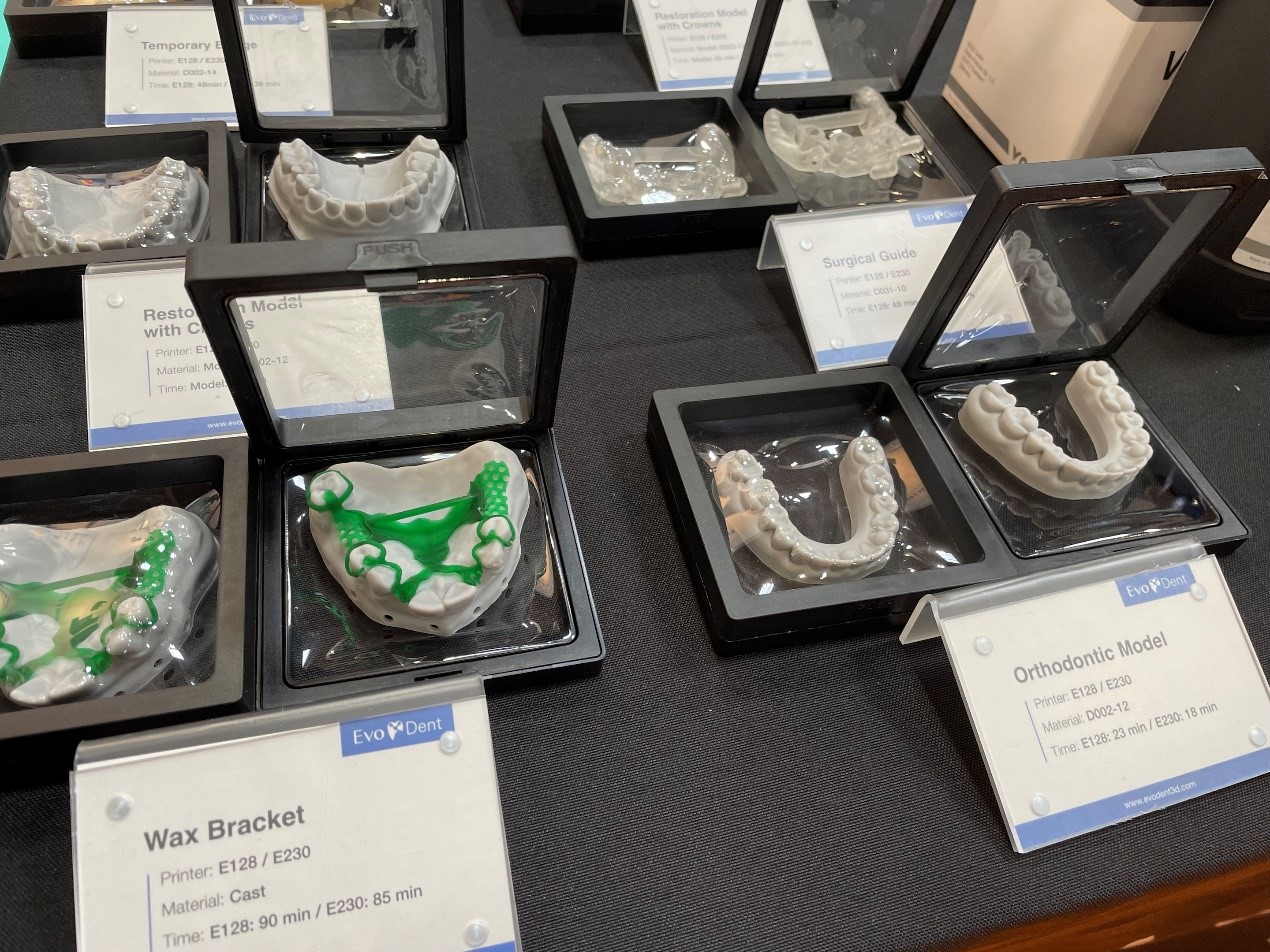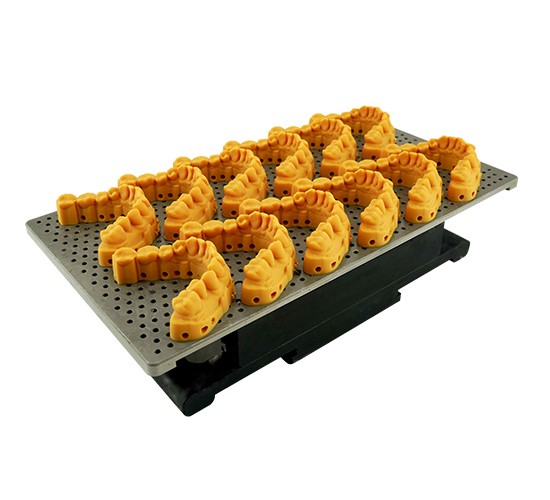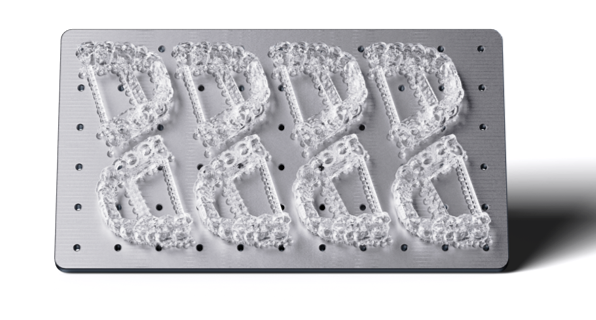Currently, dental 3D printers are mainly photopolymerization-based, with most applications using DLP (Digital Light Processing) and LCD technologies. This article focuses on DLP technology.

Digital Light Processing (DLP) emerged more than a decade after the advent of SLA technology, and it is widely recognized as the second generation of photopolymerization forming technology, with over 20 years of development history. DLP technology primarily uses a projector to solidify photosensitive polymer liquids layer by layer, thereby creating 3D printed objects through a rapid prototyping process. This process begins with slicing software that thins the model into layers, which are then projected as slides by the projector. Each layer image induces a photopolymerization reaction in a thin resin layer, solidifying to form a thin layer of the part. The build platform then moves one layer up, and the projector continues to display the next slide, processing the subsequent layer. This cycle repeats until the printing is complete, resulting in high precision and very fast printing speeds.

EvoDent 3D Printed Dental Models
DLP 3D printing technology offers high precision, excellent quality, and smooth, fine surfaces for molded objects. Its forming speed is relatively fast, significantly quicker than the SLA forming process. The dental models printed using this technology meet the needs of dental clinics and laboratories.

EvoDent 3D Printed Dental Models
Drawbacks of DLP 3D Printing Technology line in the high expense of high-precision photopolymerization 3D printers (DLP models), especially for industrial-grade models. The resin materials used in DLP are relatively costly, leading to potential material waste. Photosensitive materials must be stored and handled in light-proof conditions.

EvoDent 3D Printed Surgical Guides
The dental industry has high requirements for models, as oversized or undersized models can affect patient experience. Compared to traditional manual crafting, the integration of 3D printing technology greatly enhances overall production efficiency, freeing up practitioners' hands. Additionally, the security brought by cutting-edge technology effectively reduces manufacturing errors, ensuring perfect precision even in the tiniest details, providing patients with a more comfortable and fitting experience.
Experts predict that the widespread application of dental 3D printing will become an inevitable trend in the future. Alongside the significant growth in niche and personalized manufacturing trends, the diverse applications of 3D printing technology are set to usher in a new peak period!
To provide you with the most thoughtful service